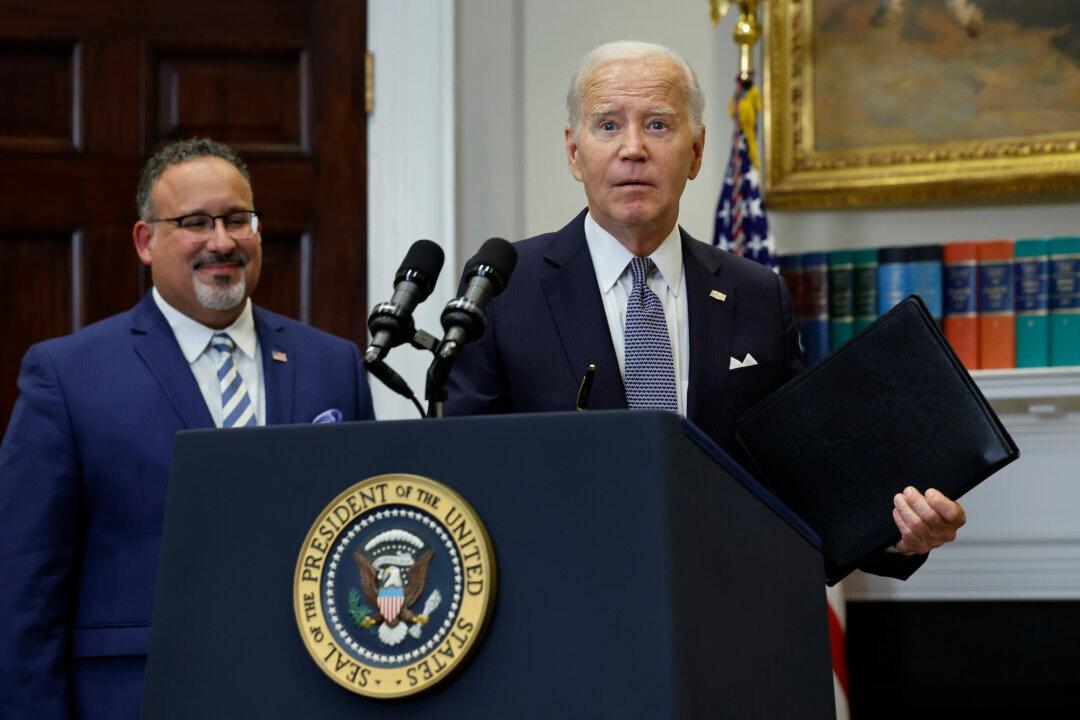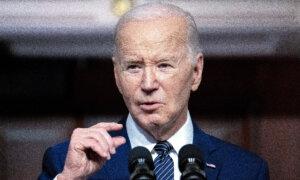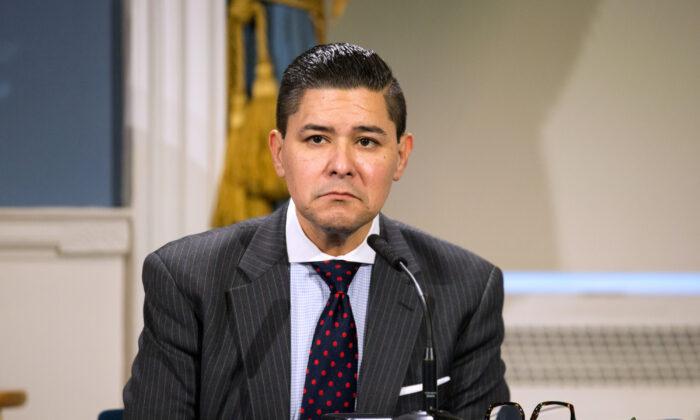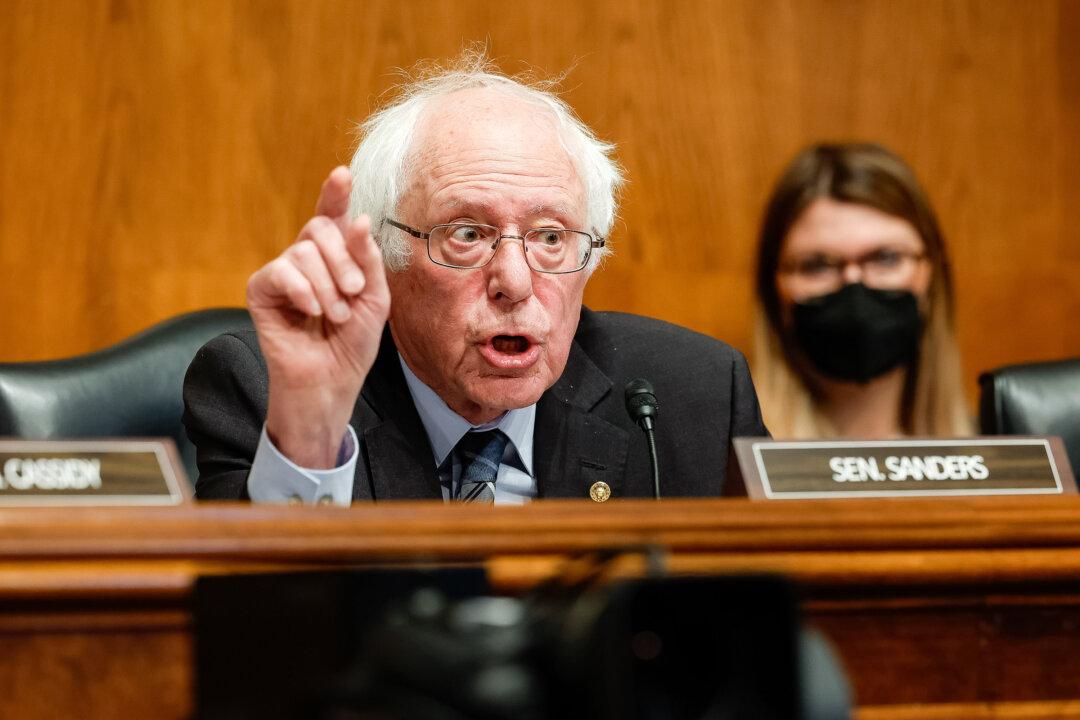President Joe Biden has unveiled the first set of draft rules for his revised plan to cancel hundreds of billions of dollars in federal student loan debt, about a year after the country’s highest court foiled his initial attempt.
Filed on April 16 by the U.S. Department of Education, the draft includes nine proposed rules that would deliver the cancellation that President Biden promised this past week during his campaign trip to the battleground state of Wisconsin.
The Biden administration so far has discharged $153 billion in student loan debt for 4.3 million borrowers, mostly benefiting those on income-driven repayment (IDR) plans, those with disabilities, and those who claimed to have been defrauded by their schools.
If implemented as proposed, the Education Department said, the new rules would bring the total number of beneficiaries to over 30 million.
Rep. Virginia Foxx (R-N.C.), chairwoman of the House Education Committee, criticized the proposal, arguing that it unfairly forces Americans who incurred no college debt to shoulder the bill for those who did.
“Like clockwork, the Biden administration continues to drag the nation into a debt spiral by forcing hardworking taxpayers—many of whom never stepped foot on a college campus—to foot the bill for this reckless and fiscally irresponsible action,” the congresswoman said in a statement.
“Mr. President, you have no legal ground to stand upon,” she continued. “Your scheme is not steeped in benevolence or goodwill. It is mired in utter contempt for the Supreme Court and every student, family, and hardworking taxpayer in this country.”
Two of the new rules would provide automatic relief for borrowers who owe more than they originally took out due to accrual of interest.
Specifically, one would automatically cancel up to $20,000 of the excess amount in borrowers’ loans compared to their initial balance, regardless of their income. A second rule would forgive the full amount of unpaid interest, so long as the borrower is enrolled in an IDR plan and earns no more than $120,000 if single or $240,000 if married.
“Combined, these rules could eliminate all balance growth since entering repayment for 23 million borrowers,” the Education Department said, noting that most of those borrowers are recipients of Pell Grants, which usually are awarded to undergraduate students from low-income families.
Another rule would help an estimated 2.6 million borrowers who still have an outstanding balance after making at least 20 years of repayments. The proposal would offer a one-time debt cancellation for those who have been paying back their undergraduate student loans for at least 20 years, as well as those who have been paying graduate loans for the last 25 years.
The draft also includes three separate rules aimed at automatically wiping away debt for borrowers who attended colleges or programs that didn’t pay off.
Under those rules, borrowers would be eligible for relief if they attended a program that lost access to Federal Student Aid because it left graduates with earnings no better than those with a high school diploma, or produced graduates whose debt is disproportionately high compared to their income.
“These distinct forms of debt relief are designed for borrowers struggling with their loans—and that’s a lot of people,” said Under Secretary of Education James Kvaal.
“There are 25 million borrowers whose interest is growing faster than they can pay it down. That fact alone shows how badly President Biden’s student loan relief is needed.”
The rules will be formally published in the Federal Register on April 17 for a 30-day comment period.
‘High-Cost Burdens’
For example, having a relatively high loan balance and required payments compared to one’s household income would become key factors in the Education Department’s consideration. Whether a borrower has “high-cost burdens for essential expenses” such as paying for child care or health care would be considered as well.Last June, the U.S. Supreme Court overwhelmingly struck down the Biden administration’s plan to offer a blanket student loan debt cancellation that was estimated to have cost the country $430 billion over a 30-year span.
In the 6-2 ruling, the court’s conservative majority said the president had overstepped his authority by trying to use the COVID-19 public health emergency as an excuse to implement such a costly initiative.
While the Biden administration’s second try is built on the Education Department’s existing negotiated rule-making authority instead of the presidential emergency power, its critics argue that it is too similar to the original plan that the Supreme Court declared unlawful.







